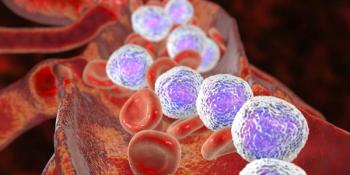
Pediatric patients with newly diagnosed pediatric T-cell lymphoblastic lymphoma experienced an improvement in survival following treatment with bortezomib and chemotherapy.

Your AI-Trained Oncology Knowledge Connection!


BRAF V600 mutation–positive pediatric low-grade glioma positively responds to combination treatment with dabrafenib plus trametinib, according to data presented at 2022 ASCO.

Pediatric patients with newly diagnosed pediatric T-cell lymphoblastic lymphoma experienced an improvement in survival following treatment with bortezomib and chemotherapy.
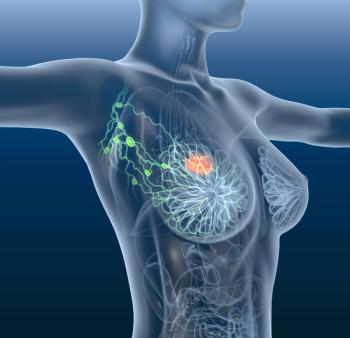
Breast cancer risk was estimated among survivors of pediatric cancer who were treated with chest radiation with a newly developed and validated breast cancer risk prediction model.

IMX-110, which was granted a rare pediatric disease designation for patients with rhabdomyosarcoma, is currently being assessed as part of a phase 1b/2a study.

The FDA has approved rituximab plus chemotherapy for previously untreated pediatric CD20-postive diffuse large B-cell lymphoma, Burkitt lymphoma, Burkitt-like lymphoma, and mature B-cell acute leukemia following results from the phase 3 Inter-B-NHL Ritux 2010 study.
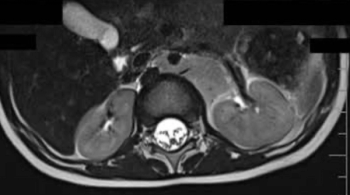
In this clinical quandary, investigators determine how to best treat patients with opsoclonus-myoclonus–associated neuroblastoma with bone marrow metastases.

The addition of temozolomide to vincristine and irinotecan appears to be a new standard of care for adult and pediatric patients with relapsed/refractory rhabdomyosarcoma, according to the European Paediatric Soft Tissue Sarcoma Group.

Pediatric patients with medulloblastoma may experience benefit from 177Lu-omburtamab-DTPA, which was granted a rare pediatric disease designation by the FDA.
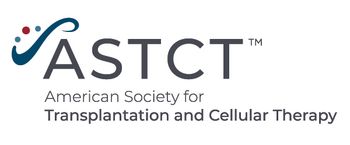
ASTCT recently published an article in their journal Nucleus detailing CAR T-cell in pediatric patients with brain cancer.

A recent study provides evidence showing that focal 22q11.22 deletions may be correlated with poor outcomes in patients with pediatric B-cell acute lymphoblastic leukemia with alterations in IKZF1.
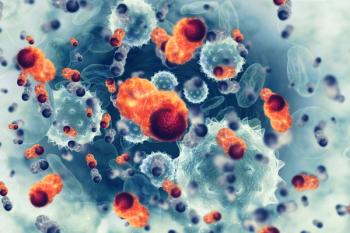
Pediatric patients with low-risk acute lymphoblastic leukemia may be able to omit treatment with vincristine and dexamethasone pulse therapy after the first year of treatment.

Racial and ethnic disparities in incidence and risk of childhood cancer have been identified across a number of malignancies.

KEY POINTS • Synovial sarcomas are often mistreated with unplanned tumor resection. • Attention from specialists early in the course of SS can minimize the risk of recurrence, metastases, and the necessity for resurgery, all of which are increased with unplanned tumor resection. • Chemotherapy alone does not provide sufficient local control of the tumor. • Resurgery, in conjunction with radiotherapy and chemotherapy, is the best choice of management for this patient.
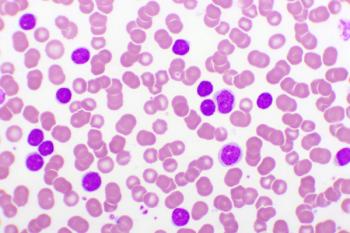
Based on recent study results, investigators recommended TBI plus etoposide for patients older than 4 years of age with high-risk ALL undergoing allogeneic hematopoietic stem cell transplantation.

“As the number of AYA survivors continues to grow, there is a pressing need for targeted information, education, and intervention around sexual health, intimate relationships, and body image,” the Children’s Oncology Group (COG) AYA Oncology Discipline Committee wrote in a review.

Payne and colleagues indicated that a significant number of adolescent and young adult women are still not being given the information they desire regarding fertility preservation and therefore are not making fully informed treatment decisions.

The FDA granted accelerated approval to naxitamab-gqgk (Danyelza) in combination with GM-CSF for the treatment of pediatric patients 1 year of age and older and adult patients with relapsed or refractory high-risk neuroblastoma in the bone or bone marrow who have demonstrated a partial response, minor response, or stable disease to prior therapy.

A study found that radiation therapy to treat childhood abdominal and pelvic cancers potentially caused body composition abnormalities and worse cardiometabolic health for adult survivors compared to the general public.

This study is intended to “investigate how chemotherapy disrupts sensory processing, memory, and attention in children; where in the brain the damage is occurring; and whether there is a biomarker that can identify those who are most vulnerable.”

This study found that abdominal or pelvic radiotherapy was associated with body composition changes that can adversely influence metabolic outcomes and performance status in survivors of abdominal or pelvic tumors.

Study findings suggested that survivors with severe hearing loss are at a significantly increased risk for neurocognitive deficits, independent of what type of therapy they receive.

A complete response letter was issued to Fennec Pharmaceuticals regarding the new drug application for a unique formulation of sodium thiosulfate (Pedmark).

Jennifer M. Yeh, PhD, spoke about study findings which indicated that instituting annual breast cancer screening with MRI at ages 25 to 30 years may reduce breast cancer mortality by 50% or more in survivors of childhood cancer.

These findings suggested that instituting annual breast cancer screening with MRI earlier may reduce breast cancer mortality by at least 50% in survivors of childhood cancer.

These results indicated the necessity for providers to address the concerns of AYAs with cancer, including those of a spiritual nature.

AYAs with cancer indicated that they value early information about the risks of late effects and infertility, though many patients also felt that they had not been given this high-quality information.